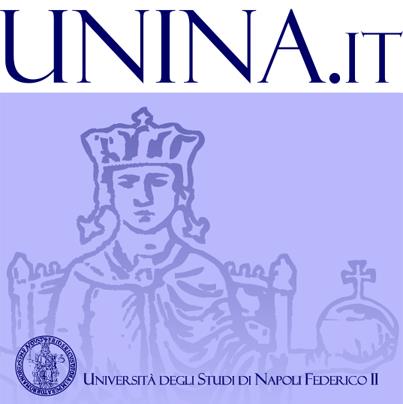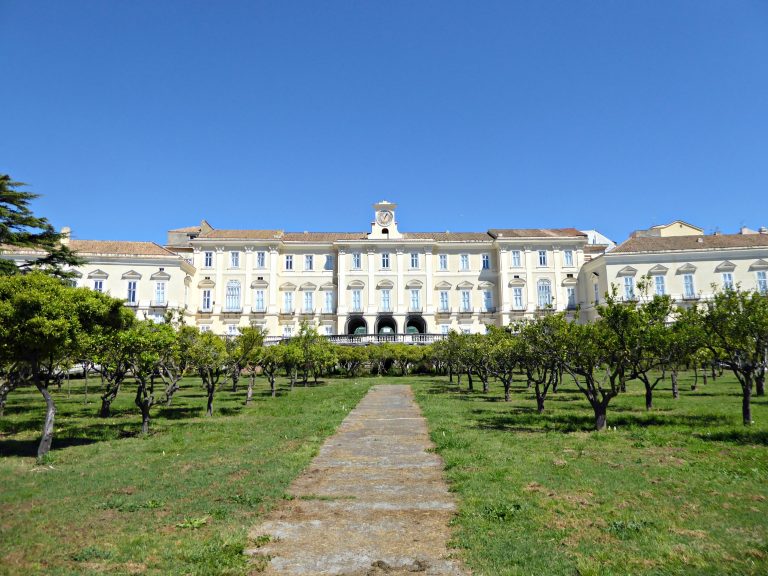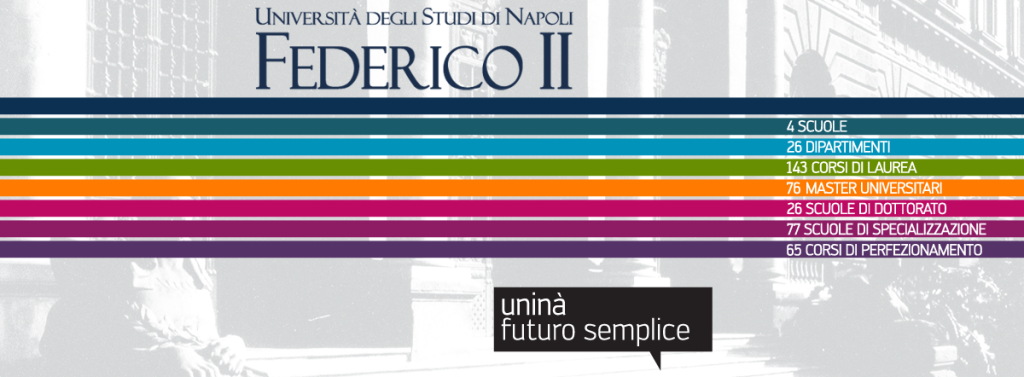The University of Naples is the oldest public university in Italy and in the world. Founded by Emperor Frederick II of Swabia on 5 June 1224, today it turns 798 years old. These decreed its construction through an institutive edict that he sent from Syracuse. The choice of Napoli it was not accidental. There were several reasons that led the "Stupor mundi" to choose the Neapolitan city par excellence as the seat of this important Study. The cultural, geographical and economic reasons connected to the city were decisive.

Why was the headquarters in Naples?
The University, created at the behest of the emperor, is considered the first secular university in Europe of a state type. The Holy Roman Emperor and King of Sicily chose Naples primarily for cultural reasons. The city in fact enjoyed a long cultural tradition, linked to the figure of Virgil (for which it was defined the "Vergiliana Neapolis"). Other reasons are to be found in the mild climate, in the strategic position of the site within the Kingdom, in the trade by sea.

Furthermore, the then Study it was erected within the Kingdom of Naples to allow the king's subjects to enjoy an exclusive education and study without having to go too far. In fact, at that time there were many students who moved to the University of Bologna, which in the Middle Ages was considered to be of great prestige. What was most important to the emperor was to guarantee, in the Kingdom itself, an exclusive training for the administrative and bureaucratic staff of the curia reg and to the jurists who would help him in defining the state order and in executing the laws.

A bit of history
The University experienced an alternation of positive and negative periods. However, even in the most difficult phases, he managed to attract students who in that university education saw prospects of social ascent and cultural elevation. In the 400th century, during the Aragonese dominion, it was closed several times. It was reopened in 1507 in the Convent of San Domenico Maggiore. This remained its official seat throughout the century. A difficult period followed in the following years, when other universities and private schools arose. During the eighteenth century there were some important innovations for the university. In 700, the first chair in astronomy was created in Italy and, in 1735, the first chair in economics. Not to mention personalities who have made history, and who have taught precisely at Frederick II. Among these, the philosopher Giambattista Vico.

The first Faculty of Economics in Europe
The faculty of political economy, which was the first in Europe, was entrusted to Antonio Genovesi, whose teaching formed thousands of young people. In 1777 it Study it was transferred to the Convent of the Savior or Gesù Vecchio, formerly the seat of the Jesuit College. It remained here until 1884, when, due to a violent cholera epidemic, it was transferred to the headquarters in Corso Umberto I, where it still stands today. A radical transformation of the University took place thanks to Giuseppe Bonaparte and Gioacchino Murat during the so-called French Decade (1806-1815). During the period of national unification, the University of Naples was behind the other similar institutions. The Law Decree of May 30, 1875 and the Regulations of 1876 aimed at eliminating the differences, and brought the University of Naples back within the framework of the Casati Law. In the last twenty years of the 800th century and in the first decade of the XNUMXth century, the university grew in prestige on a scientific level.

Structural, building and organizational difficulties followed, both in the years preceding and in the years following the Second World War, which affected the University itself. An example was the fire of 12 September 1943, caused by German troops. After the war, the University of Naples became the second most important university in Italy by number of students, second only to the Sapienza University of Rome. In 1992 it was named after its founder, Federico II.
The largest research center in the South
The University of Naples is the largest research center in the South. Today it consists of 4 schools (School of Medicine and Surgery, Agriculture and Veterinary Medicine, Human and Social Sciences, Polytechnic and basic sciences). There are 26 departments, 42 research and service centers, 2 botanical gardens, numerous libraries, one of which is telematic. The university is also enriched with museums and other structures. The students of the Federico II of Naples can count on a solid basic preparation regardless of the chosen course of study.

Over the years, the University has built solid networks of collaboration with foreign universities, research centers and with the manufacturing world. The university offers numerous international courses and masters. It is attended by tens of thousands of students every year and continues to update itself. In 2009 the University activated Federica, e-learning created to make academic knowledge accessible online. It offers free didactic materials of the single teaching courses and a structured guide to extricate oneself from the enormous patrimony available on the net.
(Photo: University of Naples Federico II, Unina Federico II Facebook pages)





